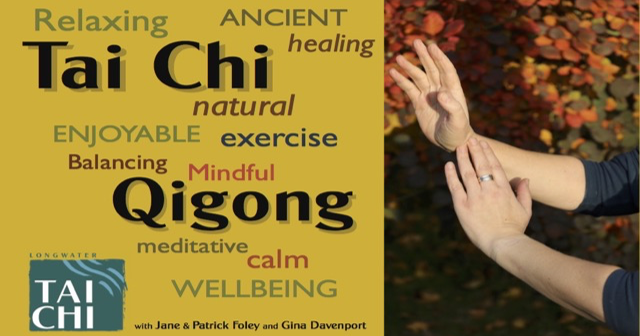The Yang style of tai chi (taijiquan) is characterized by more open movements with clear expression of the application - it is the perfect study for those who want to practice tai chi for robust health, mindfulness and subtle connection. We have a wide curriculum to offer that includes weapons and partner work as well as solo hand forms, mainly taught during day and weekend workshops.
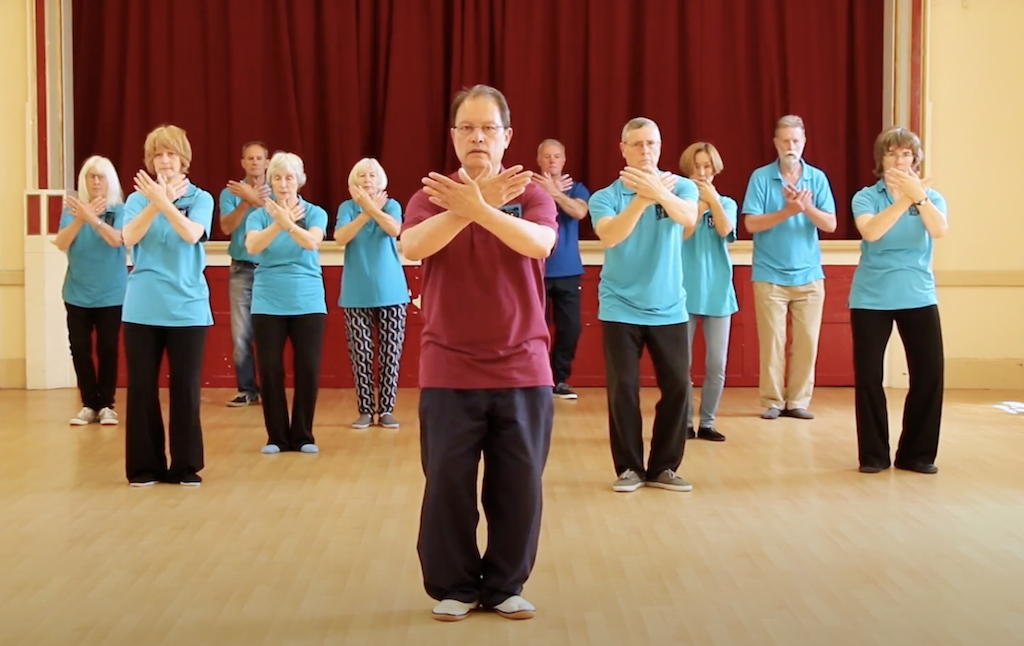 Baduanjin (8 Section Brocade)
Baduanjin (8 Section Brocade)
The Yang-style Taijiquan Baduanjin was originally an indoor family internal energy work (neigong) of the Yang Family - a secret weapon of sorts. It can be seen variously as a solid warmup and strength and flexibility practice or as an essential piece of the Yang-style Taijiquan curriculum.
There is a specific and logical order to the sequence, which has to do with harmonising and increasing Qi circulation and preparing the practitioner for martial arts practice.

108 Long Form
Also known as ‘Long Fist’ or ‘Long Boxing’ , the Yang style barehand routine is probably the common Tai Chi (taijiquan) form studied in the world today by students serious to learn the traditional art. There are many variations, and most of us would acknowledge that modern Yang style Tai Chi comes from Yang Cheng Fu, the grandson of Yang Lu Chan (1799-1872), who founded the style. We studied (and still practise) the form with Master Sam Masich, who is a truly gifted researcher of the art and has studied, amongst many others, with Yang Zhendou, the son of Yang Cheng Fu.
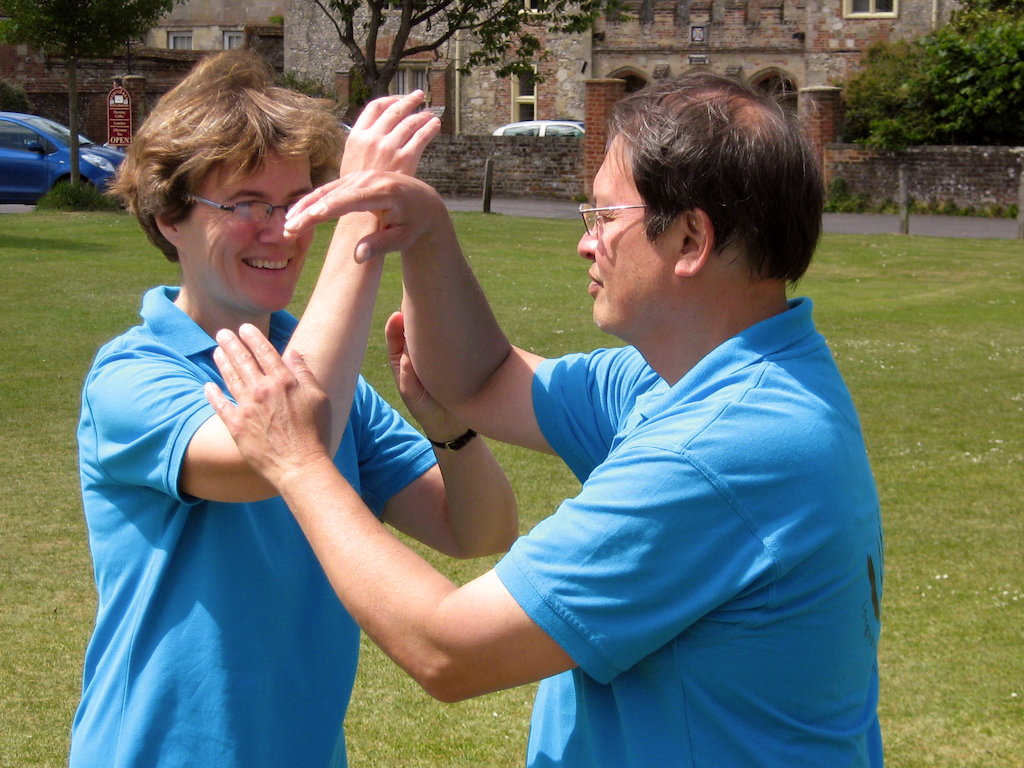
Push Hands
When energy comes to us we must receive it as a gift, only then can we effectively neutralise and transform. Otherwise we can easily just be blocking it, avoiding it. If you do not have connection, can you listen? There are many life lessons that can be gained here; becoming fully comfortable in any situation is not a skill to be under estimated.
Taught in two stages; jue shou (sensing hands) then tui shou (push hands), this fascinating curriculum of partner work and sensitivity training is a must if you wish to progress your Tai Chi practice to a higher level. There are many components to learn as you develop your skills, from the operations that support ‘sticking and adhering’ to changes of direction and stepping whilst maintaining connection, to advanced energy work through the study of solo postures and partner applications.

88 Sanshou Partner Form
Partner work is designed to be empowering. Breaking through the social awkwardness by focus on fun to do exercises allow you to build confidence through developing social skills and sensitivity to others.
In Taiji Boxing, the 88 Sanshou sparring set is one of the major practices. It can make up for the insufficiencies of pushing hands and large rollback. Generally when doing pushing hands or large rollback, if you become easily disconnected from your opponent’s hands, or if you are having trouble sticking, warding off, or neutralising, then the sparring set is valuable.
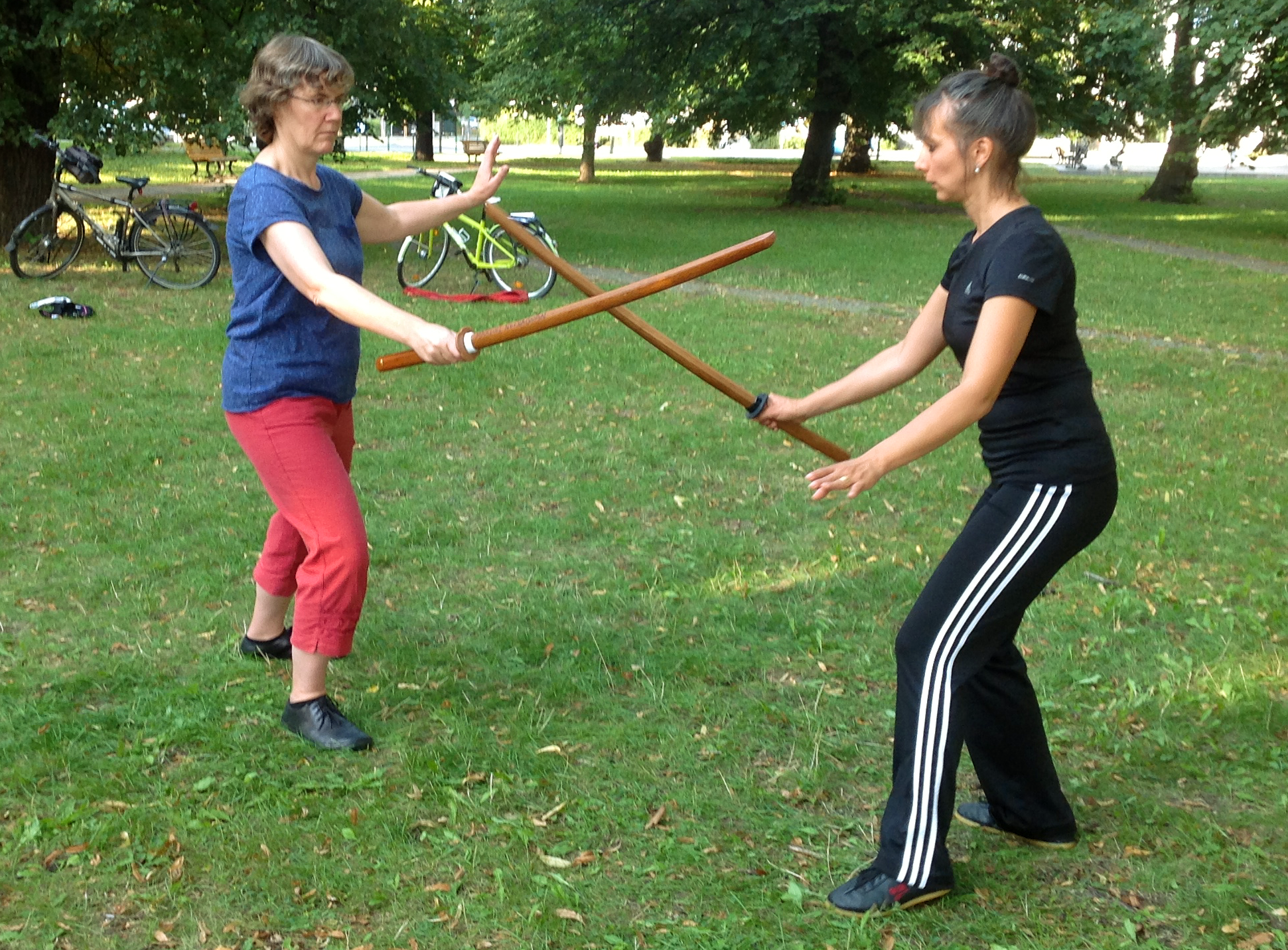
Taiji Dao - Sabre Forms
The sabre is usually the first step we take into Tai Chi weapons study. Moving from a solo hand form, then with partners, into a weapon form, we learn how to manage our energy and intention to a point outside the body. By learning the ‘powers’ and ‘phases’ of the sabre, we can begin to understand how to make our intention flow.
Longwater Tai Chi can teach you 2 Yang family sabre forms as well as a short partner form.
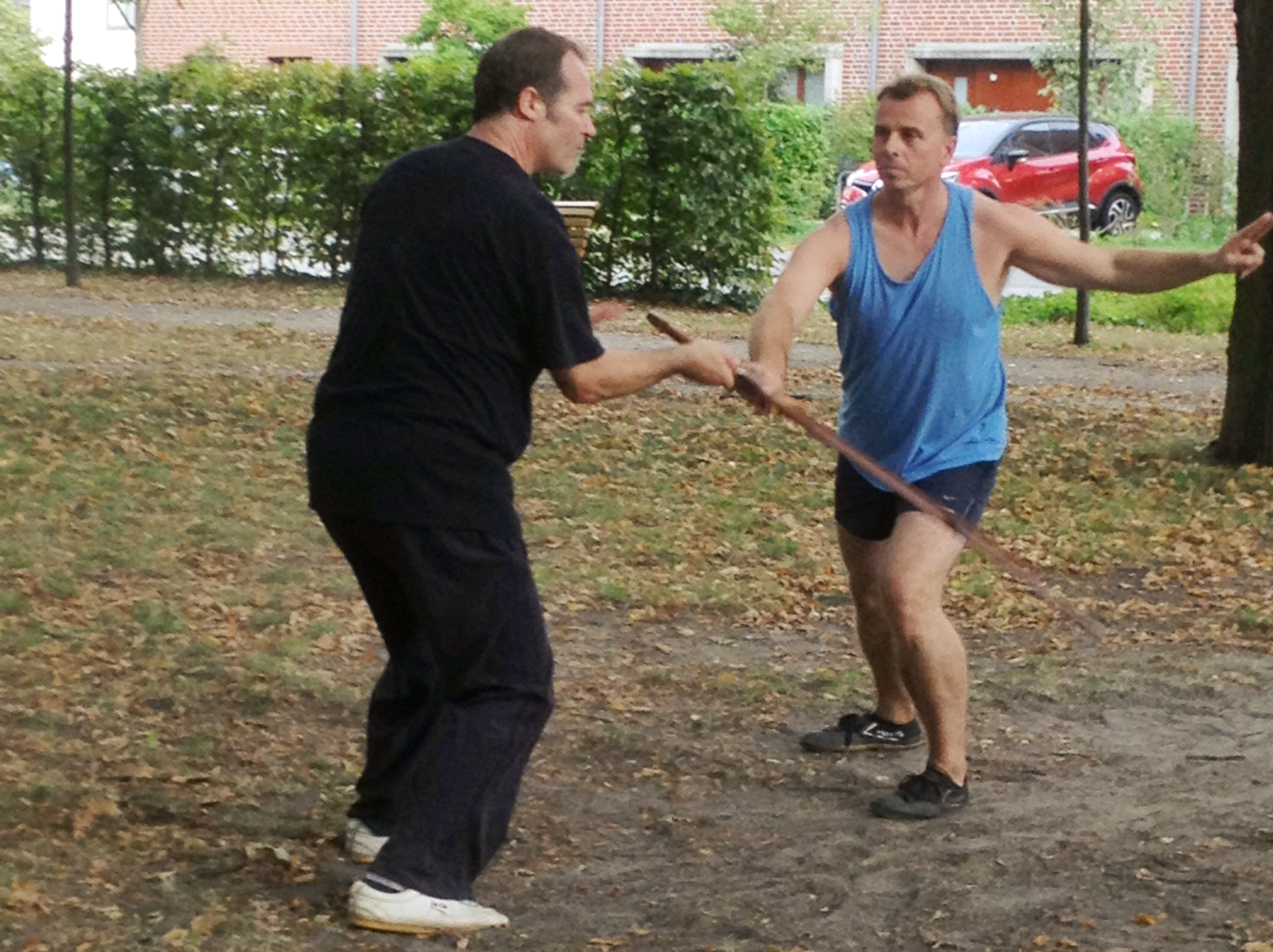
Taiji Jian - Sword Forms
"In martial lore the Straightsword is commonly respected as The King of Short Weapons. Known also as the narrow blade, or double-edged sword, the Straightsword was often seen in traditional Chinese culture as a way to cut through veils of illusion, ego and attachment and is associated with spiritual refinement as much as with martial efficacy. Straightsword masters, male and female, are frequently revered in Chinese history as both highly skilled martial heroes and illuminated people." - Sam Masich
Sword is a sticking weapon more than a striking weapon. It assumes we already know how to work with a sabre (and therefore its energies). At Longwater we use the study of the '13 Powers' to begin to understand how the energies and phases of the sword can be integrated into formal forms and partner work.







